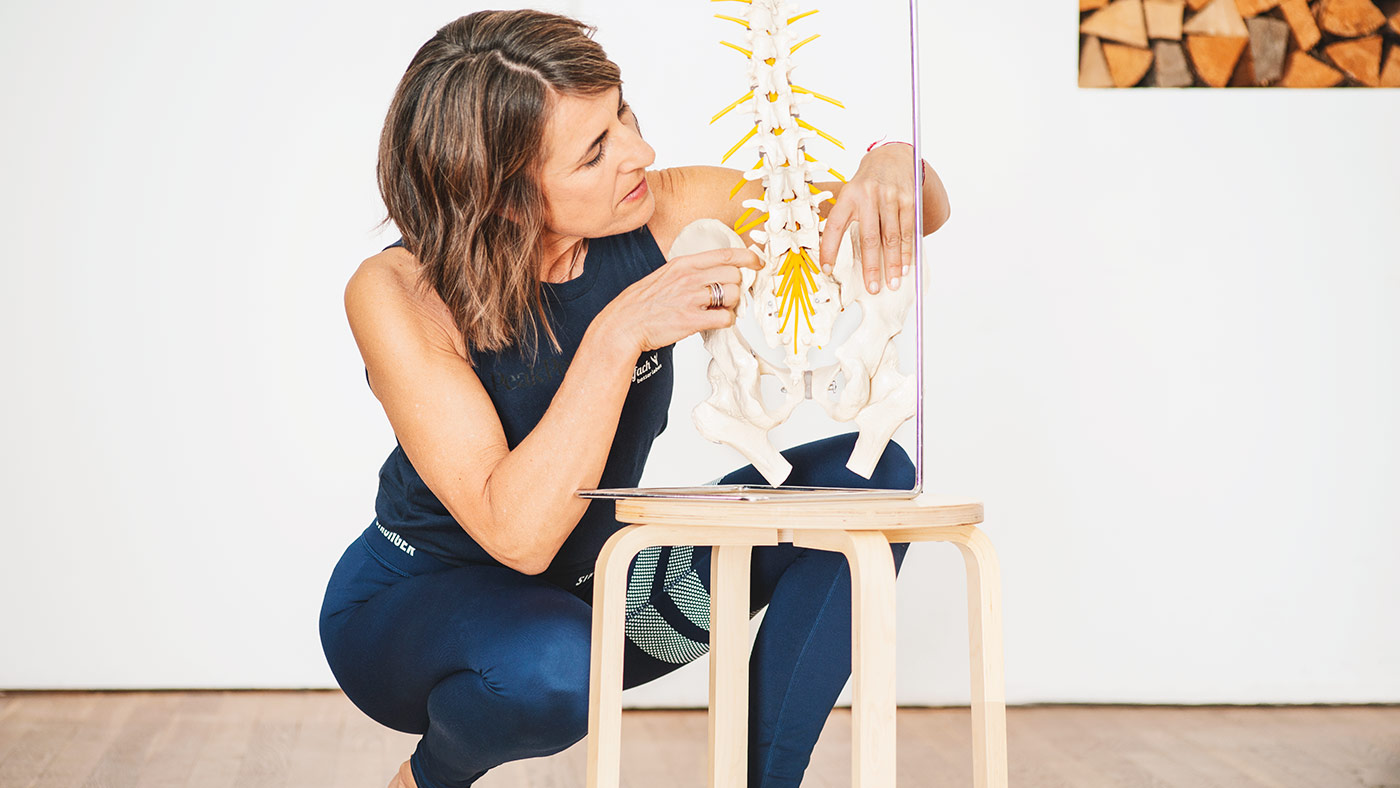
Pilates technique explained
The hip flexor
A versatile, sensitive muscle
January 14, 2023, by Maria Felsner
The hip flexor
Have you ever read or heard of the iliopsoas muscle? No?
Colloquially, this muscle group is called the hip flexor. However, this muscle group has a much bigger job than just flexing our hip....
Before we get into the functions of the iliopsoas, I would like to briefly discuss the anatomy of the muscle group. This will make it easier to understand why this particular muscle group can trigger back, hip and buttock pain and has an influence on our organs, digestion, breathing and psyche.
The anatomy of the hip flexor
The hip flexor is not a single muscle, but consists of several muscles: the iliac muscle (ilium muscle) and the psoas major muscle (large lumbar muscle) and the psoas minor muscle (small lumbar muscle).
The psoas major originates at the twelfth thoracic vertebra (which is designated T12), continues to move over all five lumbar vertebrae (L1 to L5) through the groin to our inner thigh.
This picture shows very well how extensive and widespread this muscle group spreads in our body. It also connects the pelvic and lumbar regions and is therefore an important pivot in the body.

It is also easy to see that the psoas muscle is the only muscle that connects the legs to the spine! Through this deep connection, it also has an influence on the organ functions of the kidneys and the small intestine.

In short, the M. Psoas encloses our body center and thus also our energy center, called "Hara" in Japanese. In Pilates, we refer to this region as the "core".
The soul muscle
Why is the psoas muscle also called the soul muscle?
The psoas is also known as the soul muscle, as it is involved in many emotional processes due to its anatomical location. Due to the deep fascial connection between the diaphragm and the pelvic floor, it has a strong influence on posture, pelvic movement and also plays an important role in breathing and stress response.
The consequence: As soon as the body perceives stress and additional emotional processes take place, tension and pain in the iliopsoas can occur. Breathing becomes shallower, which in turn affects the overall circulation of the body and subsequently negatively affects mental and emotional health.
Cause of complaints at the organic and emotional level
If we also move too little and sit too much, the organs congest and the muscles shorten. Breathing decreases and the organs are less stimulated, such as the adrenal glands.
What effect does a shortened iliopsoas have on the adrenal glands?
A shortened, hardened iliopsoas affects the adrenal glands in that, as mentioned earlier, it is closely connected to the nervous system.
Simplified, you can think of it like this:
When there is a stress reaction, the iliopsoas sends a signal to the nervous system that activates the adrenal glands and puts the body into a state of tension. In the short term, this is a very good reaction, because it allows us to respond quickly to an imminent danger.
However, sustained tension on the muscle can lead to overactivity of the adrenal glands, which causes fatigue, sleep disturbances and an increased risk of cardiovascular disease, among other health problems.
What are the functions of the adrenal glands?
The adrenal glands are part of the endocrine system*, which produces the hormones adrenaline and cortisol, among others. Both hormones play an important role in the body's stress response.
Adrenalin increases the heart rate, dilates the bronchial tubes and increases blood flow to the muscles, allowing the body to respond quickly to a threat.
Cortisol on the other hand, is a long-acting stress hormone that mobilizes the body's energy reserves and suppresses inflammatory reactions.
Both hormones also influence the CNS (central nervous system) and the VNS (vegetative nervous system), which in turn affect the activity of organs and tissues. Overproduction of both hormones leads to tension in the body and altered bodily functions such as palpitations, sweating and increased alertness.
Other secondary symptoms may include:
- Digestive problems
- Shallow breathing and increased respiratory rate
- Hormone fluctuations
- Headache
- Depressed mood, etc.
Trauma research is also paying increasing attention to the iliopsoas muscle. It is suspected that negative events can be stored in the muscle. If we relax the psoas, emotional blockages could also be released in the best case.
Therapists and osteopaths report that patients start crying during psoas treatment, which can be very supportive for therapy.
Cause of discomfort and pain
Since, as described above, the muscle extends from the thoracic spine to the thigh, it is not surprising that it is precisely a shortening of such a large and versatile muscle strand that causes problems and pain
- in the lumbar spine or lower back, and
- occur in the buttocks, groin and directly in the hip joint.
- And that the stability in the hip joint decreases, which in turn has a negative effect on the knee joint.
Prevent discomfort and pain
What can we do preventively?
Due to its stabilizing as well as moving function, the psoas must not only be stretchable, but also strong. Especially for people who perform a sedentary job, both impulses are important.
If we do not provide optimal balance here, the pelvis tilts and we tend to have increased lumbar lordosis, colloquially known as hollow back. The intervertebral discs experience compression, which in turn leads to resistance in the lumbar and gluteal regions.
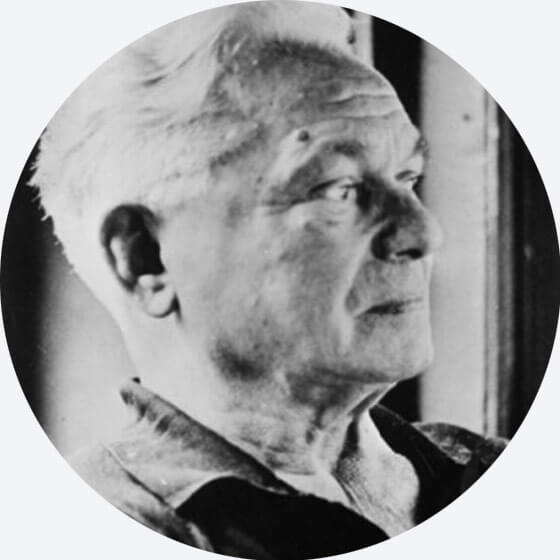
"Take care of your body so that the soul feels good in it."
JOSEPH PILATES
The consequences
The posture loses its functional statics, which restricts a loosened and free movement and leads to bad posture. The vicious circle begins and pain appears where our weakest point is.
But athletes also have their problems with the hip flexor, because they often move too one-sided. A runner, cyclist, cross-country skier, etc. is encouraged to stretch more and mobilize multidimensionally.
Conclusion
All these functions show what a supporting role our hip flexor plays in our lives.
- It not only ensures an easy, natural gait and an upright posture,
- it also supports the lower part of the back, i.e. the lumbar spine, and thus prevents incorrect loading.
- It supports our major metabolic and detoxification organs such as the small intestine, kidneys and lungs.
- It influences our psyche, makes us stand upright in life and provides inner stability.
Therefore, the rule is: get as much and consciously as possible
- to move,
- to breathe, to relax mentally
- and relax the muscle again and again.
This is the basis for maintaining all these functions, both on a physical and psychological level.
Pilatesclub.de offers you a possibility to fulfill all these components.
We train and improve hip mobility with the following exercises, among others:
- Leg Slide,
- Hip Rolls,
- Hip Extension,
- Shoulder Bridge and
- Relaxation exercises combined with deep breathing.
*endocrine system
The endocrine system is a system of specialized organs, tissues and groups of cells that carry out the control of complex bodily functions (e.g. growth, reproduction) with the help of messenger substances (hormones).
Source: https://flexikon.doccheck.com/de/Endokrines_System
Other articles that may interest you
Could be of interest
If you are interested in healthy living and physical activity, you should also pay attention to your work environment. Recently we found interesting information about career opportunities in office work and office jobs. I recommend you to check the job offers for lateral entry office worker on Jooble view. Here you will find a variety of opportunities for professional development and can choose a job that suits your needs and interests.

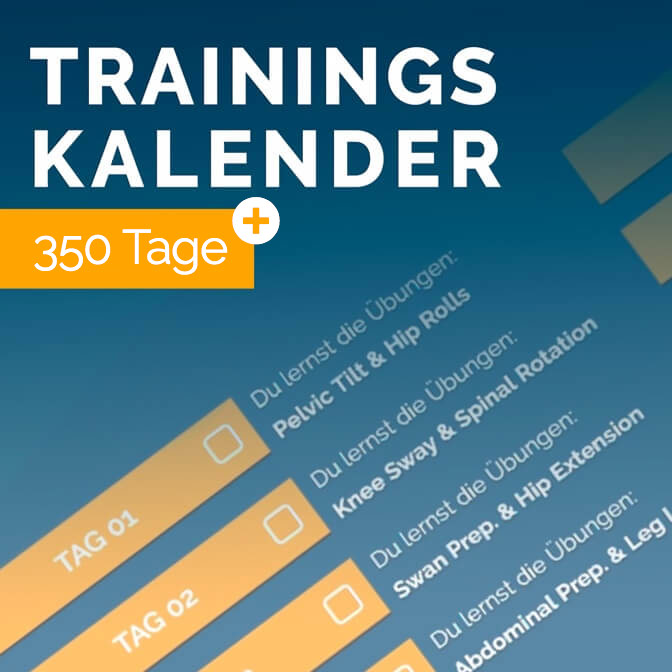
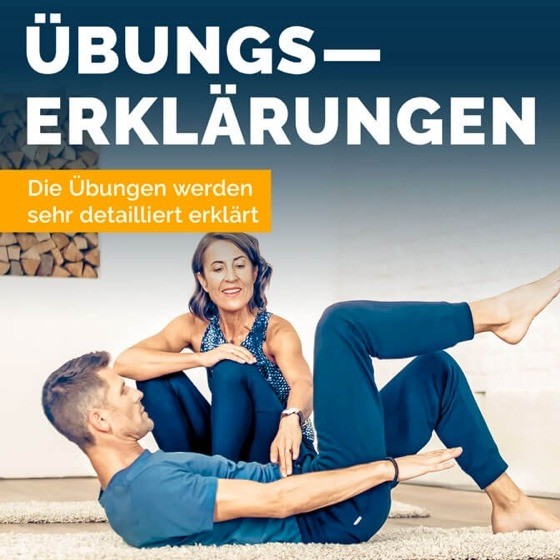
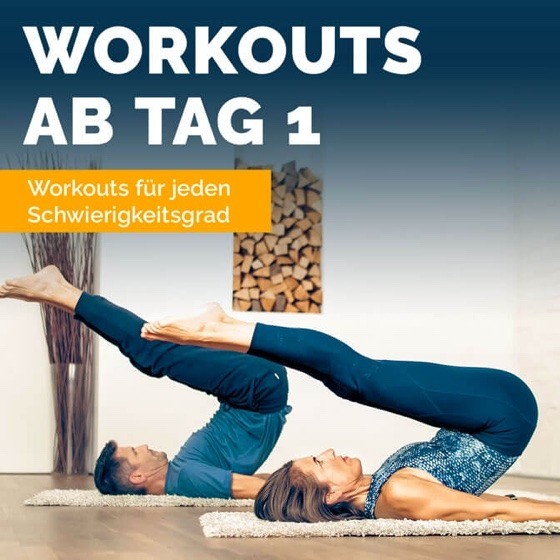
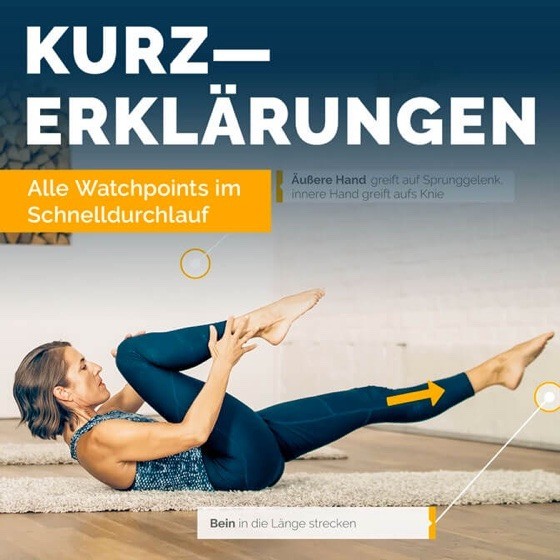

Hello Maria,
Your website is exceptionally professional. Yet without anatomical knowledge, any "sport" remains breezy. Maybe you will find time to write the ultimate article about the shoulder area one day. On the Internet I find only half-measures.
Thank you very much for your clarifications!
Max Griesmeier
Hello Max!
Thank you for your positive feedback.
I would be happy to capture another article on the shoulder girdle soon.
Do you have a specific question or concern about this?
In the article Shoulder-Girdle-Placement I already discussed the shoulder girdle and rotator cuff.
https://www.pilatesclub.de/shoulder-girdle-placement-pilates-uebungen-gegen-schulterschmerzen/
Would be very happy if you could write us another hint regarding shoulder girdle topic or any other topic!
Wish you in the meantime an active and beautiful time!
Love greetings
Maria and the Pilatesclub Team